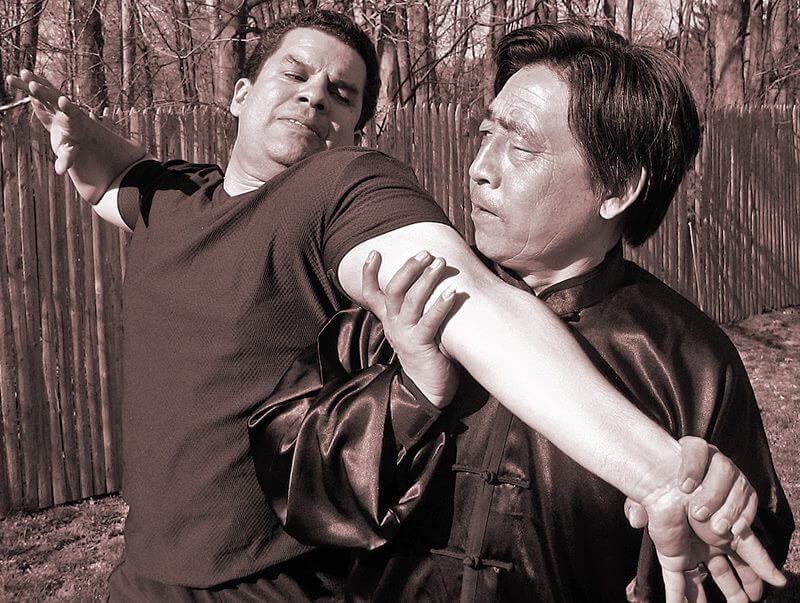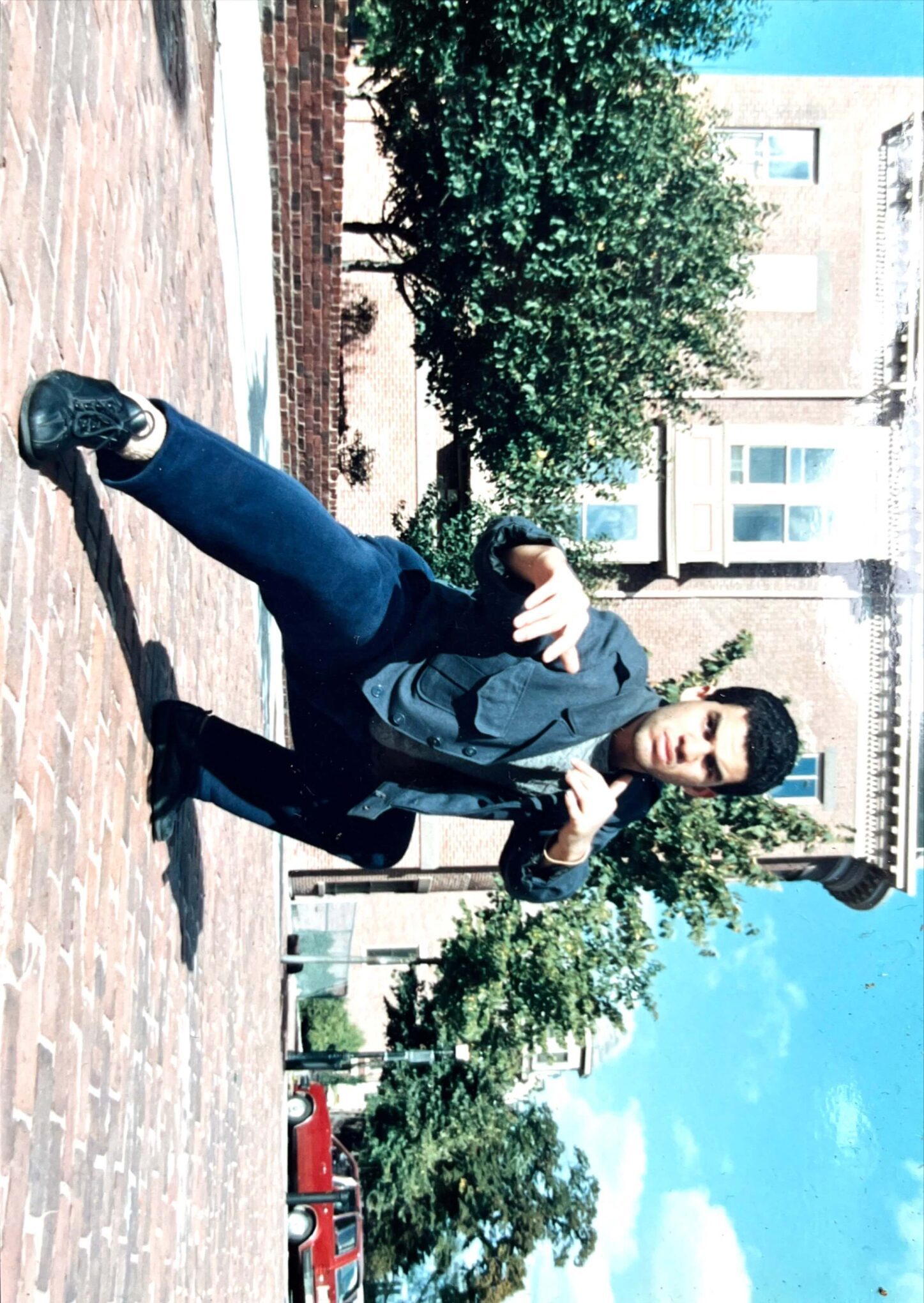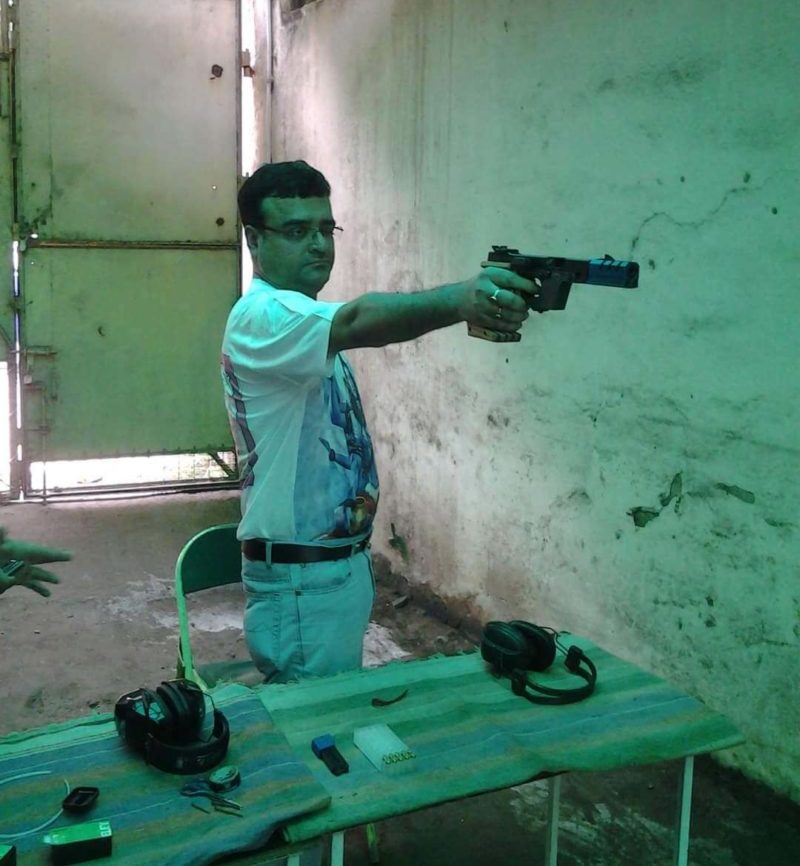From Scorchers to Scorpions and to Silver Streaks, it was a long journey for the Indian Air Force (IAF) aerobatic team. In 1981, it was mooted that for the celebration of the IAF’s Golden Jubilee, a nine ac team would go around the country demonstrating throughout the ac team was worked up using 20 sqn. (Lightning’s) as a platform. In keeping with the Squadron (sqn.) name, the team was christened, the Thunderbolts and a suitable scheme of white lightning bolts over an Oxford blue were devised. Commanded by Wing Commander ‘Ben’ Brar, the team came to the public eye for the first time on Air force day, Oct 8, 82. The team was finally replaced by a nine ac Kiran team called the “Surya Kirans” (Sunrays). Sunil carries forward the narrative on the extreme sport, in the weekly column, exclusively for Different Truths.
The moon hung low in the distance. The sky looked a beautiful russet and ochre with careless dabs of the dark-black and grey. The wind was still. It was too early for the morning birds but the nightly silence was broken by the fading echo of an odd conch shell of the faithful every once in a while. The flickering earthen lamps mimicked a friendly wave to the impending dawn and a change of guard. Dhritharastra was awake early as he stood on the palace terrace and soaked in the fresh air. His hands now searched for the trusted shoulders of Sanjaya, who stood in front resting against the arched parapets. The loyal guards stood at a respectful distance with eyes alert but bowed.
Dhritharastra wondered of the times gone by. He missed his sons and the days of yore. He rued how he, himself was tricked of the kingly throne despite being the senior. His strong and much-feared eldest son, Duryodhana too had to fight each time for what was deservedly his. The Pandavas had the wily Krishna on their side to win the apocalyptic and bloodiest yet, “eighteen-day war” – brother against brother! But then, these Dhartiputras of Skyhawks were not like the Devas of Indraprastha. Not, the Asuras or Dasyus, either. They flew and fought in the skies with Astras and Vahanas quite their own. And these new “tribes” or Units, (that is what Sanjaya had called them remember) the Indian Army, Air Force, PTS, Pilots PJI’s and Para Brigade were they crossing swords for similar glories or was it not even a family quarrel worth losing sleep on? Did they have the Aryaputras for royalty, the Spartan Brahmins as trainers and weapon experts and the Sudras for blacksmiths? Did they too believe in Varna (Caste)? These Dhartiputras were so different or as Sanjaya described “Vichitra”. Fascinating. Stories they had of their own and heroes many. They seemed to enjoy life but no “Mrutunjoy” (immortals) were they!
Sanjaya seemed to be under their earthly spell, he suspected, as the former waxed eloquent of their  glories and triumphs, fears and ecstasies, dreads and defeats ever so often. Dhritarashtra’s patience was wearing thin. Could Sanjaya, not have weaved the story on the broad essentials alone and see the big picture? Individuals, incidents, and events are but distractions. A single life is nothing before a “Yuga purush” – for what is important in this Kali Yuga, anyway? He silently soliloquised and shook his head in profound disagreement with all that had been told of late by Sanjaya….The trick is not in the detail and the wisdom is in keeping all ages, times, people excited, interested and wanting for more. Sanjaya, the spin doctor that he was, felt the grip of the patriarch to harden and knew instantly what the latter meant but did not say.
glories and triumphs, fears and ecstasies, dreads and defeats ever so often. Dhritarashtra’s patience was wearing thin. Could Sanjaya, not have weaved the story on the broad essentials alone and see the big picture? Individuals, incidents, and events are but distractions. A single life is nothing before a “Yuga purush” – for what is important in this Kali Yuga, anyway? He silently soliloquised and shook his head in profound disagreement with all that had been told of late by Sanjaya….The trick is not in the detail and the wisdom is in keeping all ages, times, people excited, interested and wanting for more. Sanjaya, the spin doctor that he was, felt the grip of the patriarch to harden and knew instantly what the latter meant but did not say.
From Scorchers to Scorpions and to Silver Streaks it was a long journey for the Indian Air Force (IAF) aerobatic team. In 1981, it was mooted that for the celebration of the IAF’s Golden Jubilee, a nine ac team would go around the country demonstrating throughout the year. Within a year a nine ac team was worked up using 20 sqn. (Lightning’s) as a platform. In keeping with the Squadron (sqn) name, the team was christened, the Thunderbolts, and a suitable scheme of white lightning bolts over an Oxford blue were devised. Commanded by Wing Commander ‘Ben’ Brar, the team came to the public eye for the first time on Air force day, Oct 8, 82. The team was finally replaced (as the Hunter was simply becoming too old for public formation displays) by a nine ac Kiran team called the “Surya Kirans” (Sun’s rays).
 Significantly, it was with the “Thunderbolts” in 1981-82 that the Para divers of PTS were called upon to perform wherever the aerobatic team went. The tragic loss of the lives of PJI’s in the Packet crash during lift off on the runway, at Agra, in the early eighties had been respectfully mourned and put behind. They made as many as twenty demonstrations in that year across the country notably the Fire Power Demonstration at Tilpat and at some frightfully tight dropping zones – all, for the passion and glory of jumping out of the skies from perfectly good aeroplanes! The free fallers operated as a team without a name or uniform, but much to the delight of expectant crowds. This was the real stuff – spectator sport! Yet, the Indian Air Force had not seen its potential.
Significantly, it was with the “Thunderbolts” in 1981-82 that the Para divers of PTS were called upon to perform wherever the aerobatic team went. The tragic loss of the lives of PJI’s in the Packet crash during lift off on the runway, at Agra, in the early eighties had been respectfully mourned and put behind. They made as many as twenty demonstrations in that year across the country notably the Fire Power Demonstration at Tilpat and at some frightfully tight dropping zones – all, for the passion and glory of jumping out of the skies from perfectly good aeroplanes! The free fallers operated as a team without a name or uniform, but much to the delight of expectant crowds. This was the real stuff – spectator sport! Yet, the Indian Air Force had not seen its potential.
Dhritharastra asked Vidur sitting across cross-legged what did he made of the quality of risks and skills involved in the two professions: flying and skydiving. Why was a similar demonstration team not made or conceived? What were the costs involved? Would not have the image of Air Force soared further and the motivation of the PJI’s doubled? Was it not the practice in the other parts of the better “Brahmand” (universe)? The wise Vidur answered forthrightly. Money was never the issue. No patron, really. Save, being the trapeze artists of the sky! Remarkably skilled like the poor cousin they were, at a popular circus.
But what the Devaputras were indifferent to, the gods were more considerate about. Imagine, tall Mann loses his gold chain at Air Force Station Kalaikunda on a demonstration jump and finds it on another jump a few days after. Safe and still shining on the dropping zone! Serendipity for the Cinderella’s kin!?
The “Thunderbolts” roared and sped away to ear-bursting sounds. The crowd shrieks of thrill trailed and enveloped their acrobatic formations seeking a passionate embrace for once. Sadly, the Devaputras with their mystique was just an epiphany for they vanished into thin air with a blink of an eye leaving behind many a broken dream. Alas, those marvelous “Top Guns” – Apollo’s of the skies were not there on the ground below to be felt or touched – much less seen.
And into this void of unrequited love jumped in the multicolored overalls or dungarees an unnamed team of skydivers bang in front of their eyes – the Dhartiputras (almost twenty times in a year). In a moment of rare levity, Dhritharastra remarked, “Just like the uninvited guests gate crashing at a wedding feast”. Vidur wondered the story of Angaraj Karna at the archery contest was perhaps similar!
From up above the starry heights of 6000ft. or more these gallants dived out of that silvery perch. Like awe-inspiring circuses it was. They fell like winged bats swooping or flying down as was their won’t, specks to the eye in the beginning. Then miraculously and of a sudden blossomed into the prettiest flower in the sky. Magic. A multi-coloured parachute, dandelion-like drifting and descending gently as if blessed by the gods for pleasures unknown. The crowds rushed part in awe and most in wonder. They pinched, squeezed, hugged and talked. And, oh my god! The skydivers were for real. These sky gods looked, spoke and smelt like any mother’s son. And these skydivers were there every time the Thunderbolts streaked like lightning across the Blue skies.
©Sunil Kumar Banerjee
Photos sourced by the author.
#Skydivers #Thunderbolts #Dhartiputras #Paratroopers #IndianAirForce #SuryaKiran #Uniform






 By
By

